PPT-PROTECTING, MAINTAINING AND IMPROVING THE HEALTH OF ALL MINNESOTANS
Author : grace3 | Published Date : 2023-07-18
Kristen Ehresmann Infectious Disease Epidemiology Prevention and Control Division HIV in Minnesota Challenges and Opportunities 2 PROTECTING MAINTAINING AND IMPROVING
Presentation Embed Code
Download Presentation
Download Presentation The PPT/PDF document "PROTECTING, MAINTAINING AND IMPROVING TH..." is the property of its rightful owner. Permission is granted to download and print the materials on this website for personal, non-commercial use only, and to display it on your personal computer provided you do not modify the materials and that you retain all copyright notices contained in the materials. By downloading content from our website, you accept the terms of this agreement.
PROTECTING, MAINTAINING AND IMPROVING THE HEALTH OF ALL MINNESOTANS: Transcript
Download Rules Of Document
"PROTECTING, MAINTAINING AND IMPROVING THE HEALTH OF ALL MINNESOTANS"The content belongs to its owner. You may download and print it for personal use, without modification, and keep all copyright notices. By downloading, you agree to these terms.
Related Documents

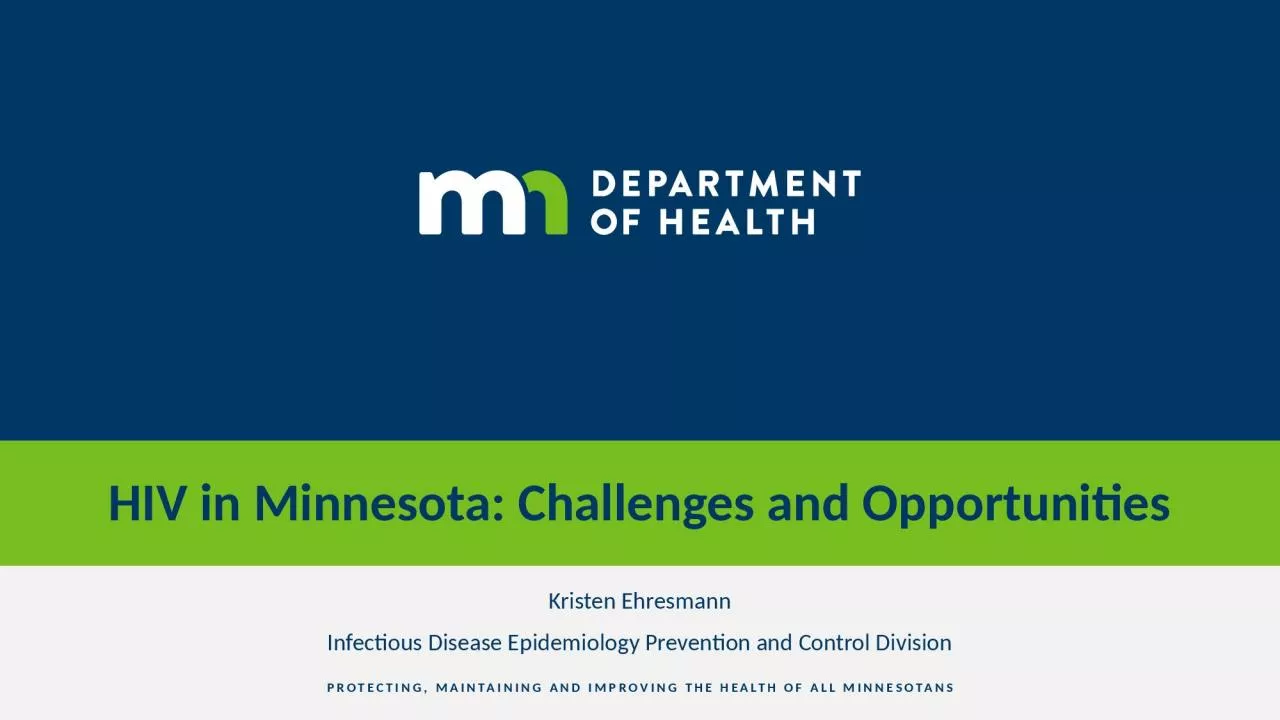
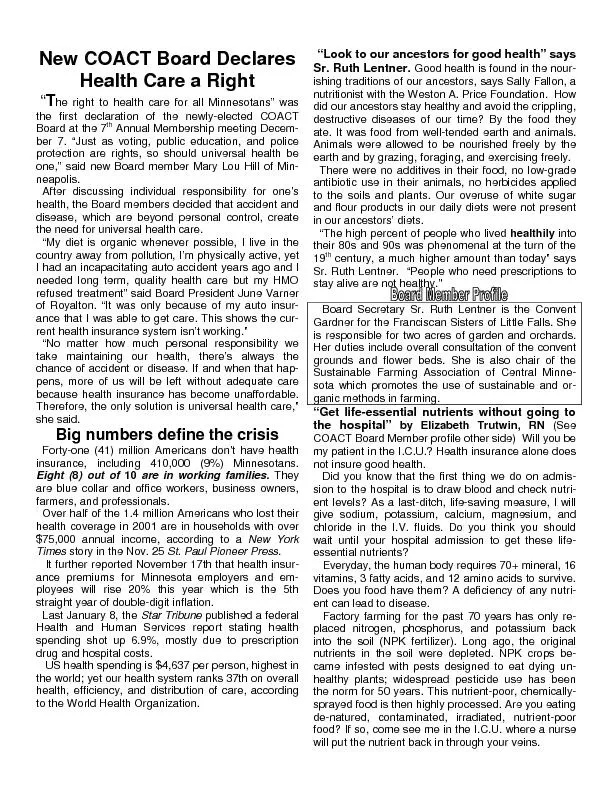

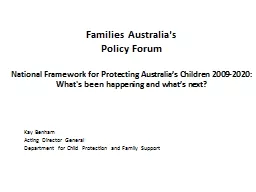





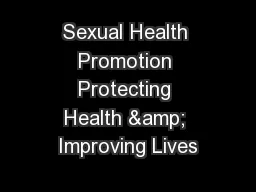

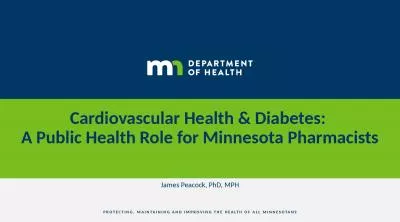
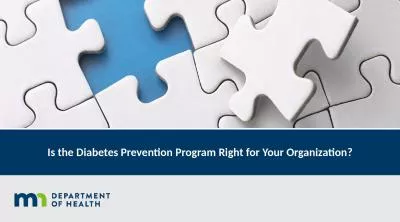
![[PDF READ ONLINE] The ABA Complete and Easy Guide to Health Care Law: Your Guide to Protecting](https://thumbs.docslides.com/1020304/pdf-read-online-the-aba-complete-and-easy-guide-to-health-care-law-your-guide-to-protecting.jpg)